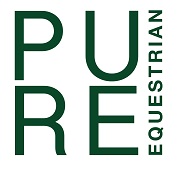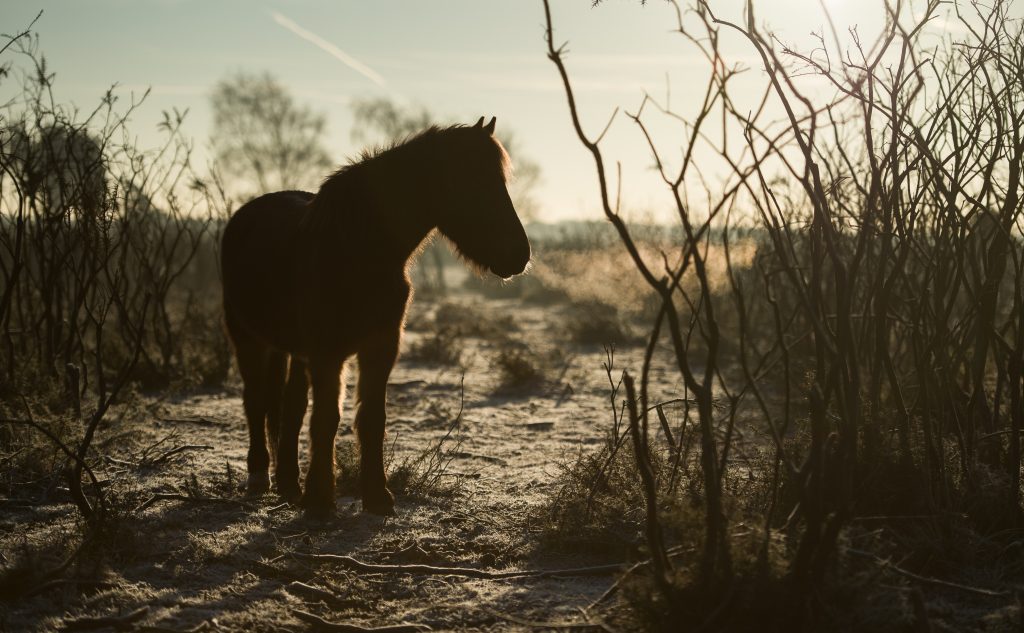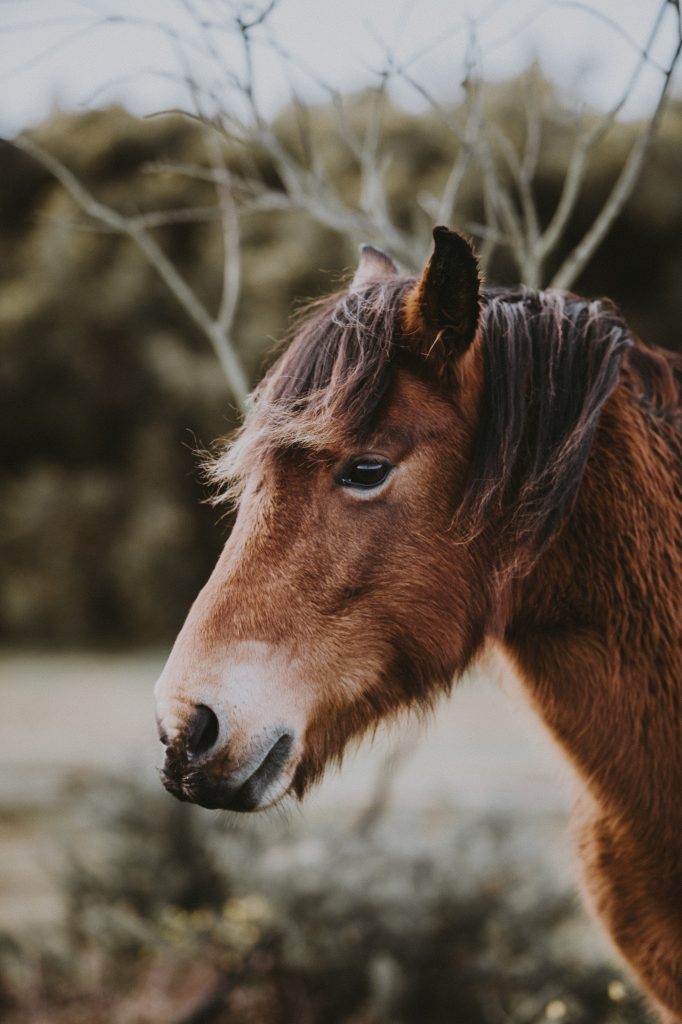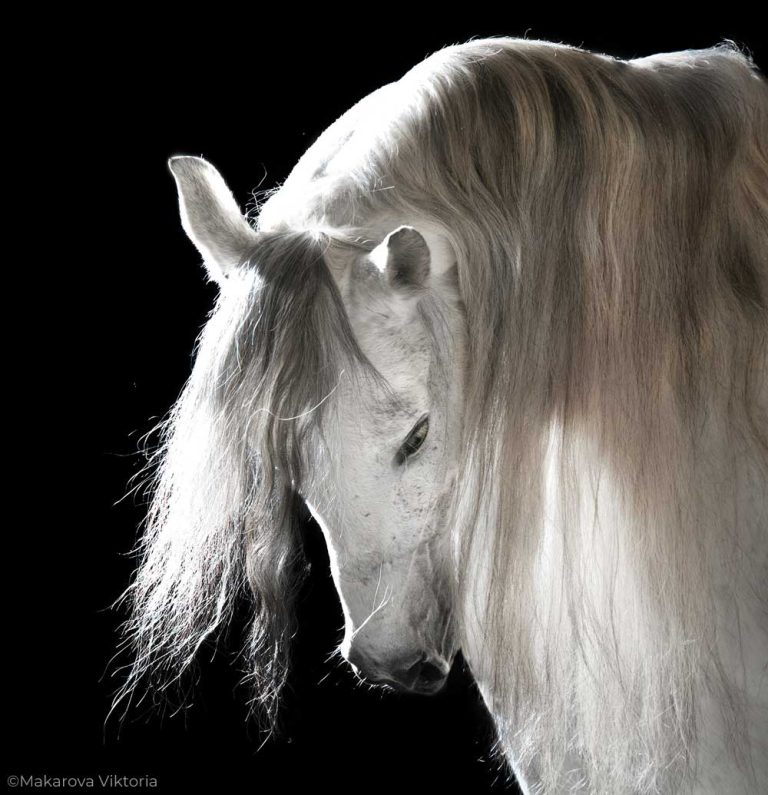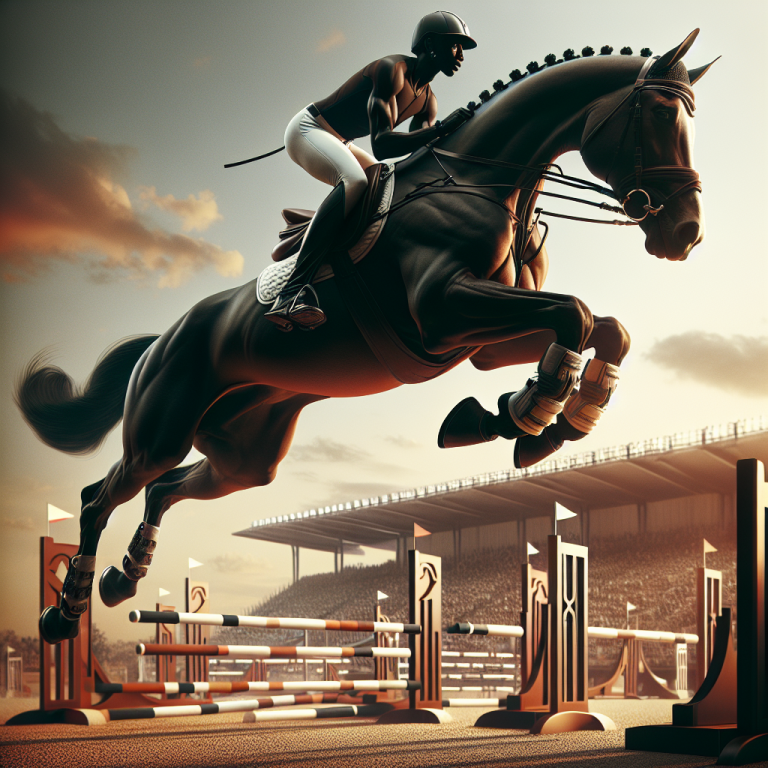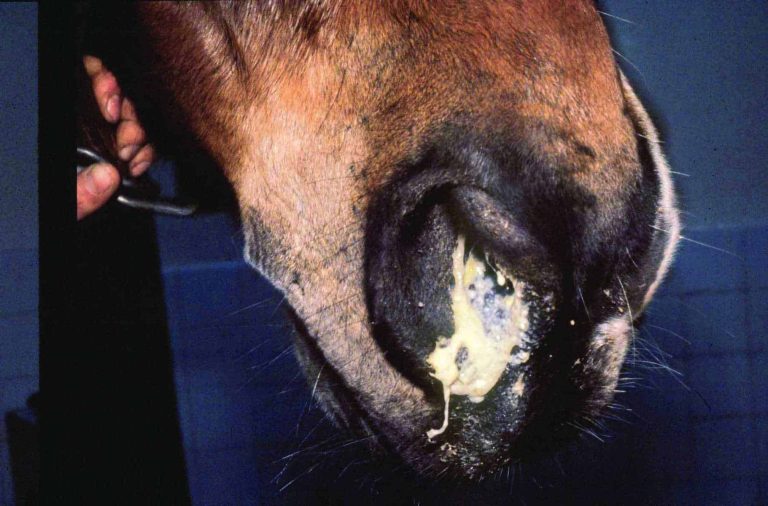If you’ve always had a fascination for horses and the idea of horse riding in the UK appeals to you, then look no further! This article will guide you on how to embark on your horse riding journey in the UK. Whether you’re a complete beginner or have some experience, we’ll cover everything from finding the right riding school to understanding the basic equipment you’ll need. So saddle up, hold on tight, and let’s explore the thrilling world of horse riding together!
Table of Contents
ToggleChoosing a Riding School
When considering starting your horse riding journey, one of the first steps is to choose a riding school. This is a crucial decision as it sets the foundation for your learning experience. To make an informed choice, it is essential to research different riding schools in your area. Look for schools that have a good reputation and a track record of providing quality instruction and care for their horses. Reading online reviews and talking to other riders can provide valuable insight into the quality of instruction and overall experience at a particular school.
Once you have narrowed down your options, it is a good idea to visit potential riding schools in person. This will give you an opportunity to observe the school’s facilities, meet the instructors and staff, and get a feel for the overall atmosphere. Pay close attention to the condition of the horses and the cleanliness of the stables and arenas. A well-maintained and safe environment is crucial for both your learning experience and the welfare of the horses.
Additionally, don’t hesitate to ask for recommendations from experienced riders or horse owners. They can offer valuable insights and guidance based on their own experiences. Personal recommendations can provide reassurance and help you make an informed decision when choosing a riding school.
Lastly, consider the facilities and safety measures that the riding school has in place. Ensure that the school has proper safety protocols, such as requiring riders to wear helmets and using sturdy riding equipment. Well-maintained arenas and properly cared-for horses are also indications of a reputable riding school. By considering all these factors, you can choose a riding school that is suited to your needs and provides a safe and enjoyable learning environment.
Understanding Safety Precautions
As with any physical activity, horse riding comes with its own set of safety precautions. A key safety measure is wearing a helmet. Ensure that you invest in a properly fitting and certified riding helmet. Helmets are crucial to protect your head in the event of a fall or accident, and should always be worn when riding.
In addition to a helmet, using protective gear such as riding boots with a small heel and fitted riding gloves can provide added safety and comfort. Riding boots with a small heel prevent the foot from slipping through the stirrups, while gloves provide better grip and protect your hands from friction or rubbing.
To ensure a safe riding experience, it is important to learn and follow basic safety rules. These may include guidelines such as always being aware of your surroundings, respecting other riders’ space, and following instructions from instructors or more experienced riders. By familiarizing yourself with and adhering to these rules, you can minimise the risk of accidents and injuries.
Mounting and dismounting safely is another aspect of horse riding safety. Proper technique and being mindful of the horse’s comfort are essential. Always seek guidance from your instructor on the correct way to mount and dismount a horse to avoid any injuries to yourself or the horse.
By understanding and implementing these safety precautions, you can create a safer riding experience and minimise the risk of accidents or injuries.
Getting Familiar with Horse Behaviour
To become a competent rider, it is important to understand the behaviour of horses. Horses communicate through their language, which involves subtle body movements, vocalizations, and behaviours. Learning to interpret these signals is essential for effective communication and a positive interaction with the horse.
Understanding horses’ language starts with observing their body language. Horses use their ears, eyes, tail, and overall posture to convey their feelings and intentions. For example, a relaxed horse will have soft and floppy ears, while a tense or alarmed horse may have raised ears and wide eyes. By learning to recognize these signs, you can better understand how the horse is feeling and respond accordingly.
Bonding with the horse is also an important aspect of getting familiar with their behaviour. Spend time building a connection by grooming and spending quality time with the horse. This will help establish trust and respect between you and the horse, making for a more enjoyable and cooperative riding experience.
It is important to remember that horses are flight animals, and their reactions can be influenced by their instinct to flee from perceived threats. By establishing trust and respect, and by understanding their behaviour, you can build a strong foundation for a harmonious partnership with your horse.
Learning the Basic Riding Techniques
Learning the basic riding techniques is an exciting step towards becoming a skilled rider. One of the fundamental skills to master is sitting in the correct riding position. This involves sitting upright with a straight back, relaxed shoulders, and heels down. Maintaining a balanced and aligned position is crucial for effective communication with the horse and maintaining stability in the saddle.
Holding and using the reins is another important skill to learn. The reins are used to guide and communicate with the horse. Proper hand placement and a firm but gentle grip is essential. Your instructor will teach you the correct rein aids and how to apply them to communicate effectively with the horse.
The first basic riding gaits to learn are walking and halting. Walking is the most natural and relaxed gait for a horse. Your instructor will guide you on how to cue the horse to walk and maintain a steady rhythm. Halting is the cue for the horse to stop and stand still. Learning these basic commands and gaining confidence in applying them will lay the foundation for more advanced riding skills.
As you progress in your riding journey, you will be introduced to the posting trot. This gait involves a rising and sitting motion in harmony with the horse’s movement. It is essential to develop a secure and balanced position to maintain stability and comfort while riding.
By focusing on and mastering these basic riding techniques, you will build a strong foundation for more advanced riding skills and ensure a safer and more enjoyable riding experience.
Introduction to Horse Equipment
Understanding the different types of horse equipment is an important aspect of horse riding. Saddles are among the most crucial pieces of equipment. There are different types of saddles, such as English and Western saddles. English saddles are lighter and provide more contact with the horse, while Western saddles are sturdier and offer more support. Your riding school or instructor will guide you on the appropriate type of saddle for your riding style and goals.
Bridles and bits are also essential equipment for guiding and communicating with the horse. Bridles consist of a headstall, reins, and a bit. The bit is placed in the horse’s mouth and allows the rider to exert pressure and cues. It is essential to learn how to handle and use the reins and bridle correctly to communicate effectively with the horse.
Exploring different grooming tools is another aspect of understanding horse equipment. Grooming is not only a necessary part of horse care but also a bonding experience with the horse. Invest in high-quality grooming tools, such as brushes, combs, and hoof picks, to keep the horse’s coat, mane, tail, and hooves clean and well-maintained.
Horse blankets and boots are important for protecting the horse from the elements and potential injuries. Blankets provide warmth during colder seasons, while boots protect the horse’s legs and hooves during riding or turnout.
By gaining an understanding of different horse equipment, you can ensure the comfort and well-being of the horse while also enhancing your riding experience.
Developing Riding Skills
To become a confident and skilled rider, it is important to develop and refine your riding skills. Once you have mastered the basic riding techniques, you can progress to learning how to trot and canter. Trotting involves a two-beat diagonal gait, while cantering is a three-beat gait that is faster and smoother. Your instructor will guide you on how to cue and maintain these gaits, ensuring a smooth and controlled ride.
Mastering transitions between different gaits is another aspect of developing riding skills. Smooth and seamless transitions make for a more harmonious ride and demonstrate effective communication between rider and horse. Practice transitioning from one gait to another, such as walking to trotting, and trotting to cantering, to improve your riding skills.
Practicing circles and figures is another way to enhance your riding abilities. Circles help improve balance, coordination, and precision while riding. Figures, such as serpentines or figure eights, allow you to navigate through different patterns and develop better control and agility.
Balance and coordination are key aspects of becoming a proficient rider. Focusing on your body alignment, core strength, and independent use of aids will improve your balance and coordination in the saddle. Regular practice and guidance from your instructor will help you develop these essential skills.
Improving Horsemanship
Becoming a skilled rider goes beyond riding skills; it also involves understanding horse care and nutrition. By learning about horse care and nutrition, you can contribute to the overall well-being and health of your horse. Understanding the importance of proper nutrition, regular veterinary check-ups, and good stable management practices are fundamental aspects of being a responsible horse owner.
Learning how to clean and maintain stables is another aspect of improving horsemanship. Keeping the stables clean and well-maintained provides a comfortable and safe environment for the horse. Your riding school or instructor will guide you on proper stable maintenance practices, including mucking out stalls, replenishing bedding, and ensuring a clean and tidy environment.
Practicing groundwork and lunging exercises can also enhance your horsemanship skills. Groundwork involves working with the horse from the ground, establishing trust, and reinforcing basic commands and behaviours. Lunging is a form of exercise where the horse is moved in a circle around the handler, focusing on obedience and control. Both these practices help improve communication and respect between you and the horse.
Participating in horse shows and competitions can be an exciting way to showcase your skills and further improve your horsemanship. Competitions provide an opportunity to test your abilities, set goals, and receive feedback from experienced judges. They also offer a chance to meet and learn from other riders, fostering a sense of community and camaraderie.
By focusing on improving horsemanship skills, you not only enhance your own riding abilities but also contribute to the overall well-being and success of your horse.
Exploring Different Riding Styles
Horse riding offers a wide variety of disciplines and riding styles to explore. English riding is a popular style that encompasses disciplines such as dressage, show jumping, and eventing. English riding focuses on communication with the horse through subtle aids and precision in movements.
Western riding is another prominent style that originated from the working practices of cowboys. It emphasises comfort and stability, with a focus on riding with a relaxed rein and utilising a Western saddle. Western riding often includes disciplines such as reining, Western pleasure, and cutting.
Dressage is a precise and elegant style of riding that focuses on developing the horse’s natural movements and responsiveness to the rider’s aids. It involves performing a series of predetermined movements and is often referred to as “horse ballet.”
Show jumping is an exhilarating competition in which riders guide their horses through a course of fences and obstacles. The goal is to complete the course without knocking down any jumps within a specified time limit. Show jumping tests both the rider’s skill and the horse’s athleticism.
Exploring different riding styles allows you to discover your preferences and interests. Each style offers unique challenges and rewards, and you can choose to specialise in a particular discipline or enjoy a combination of styles. Your riding school or instructor can guide you on the various riding styles available and help you navigate the different disciplines.
Taking Part in Hacking and Trail Riding
Hacking and trail riding provide a unique and enjoyable riding experience. Hacking refers to riding outside of designated arenas or facilities, often exploring scenic trails or countryside paths. It allows you to bond with the horse while enjoying the beauty of nature.
Before venturing out on a hack or trail ride, it is important to understand and follow trail riding safety guidelines. This includes wearing appropriate safety gear, such as a helmet and riding boots, and being aware of any potential hazards or obstacles on the trail. Starting with shorter or guided hacks can help build confidence and ensure a safe experience.
Exploring different hacking routes is an exciting way to discover new landscapes and environments. Your riding school or local horse riding community can provide recommendations for safe and enjoyable hacking routes. Riding with others by joining riding clubs or groups can also enhance the experience, allowing you to socialise with like-minded horse enthusiasts and learn from their experiences.
For those seeking an immersive horse riding experience, going on horse riding holidays can be a great option. These vacations offer opportunities to ride in new locations, often with guided tours, and connect with horses from different backgrounds and cultures. Horse riding holidays can range from leisurely trail rides to more adventurous expeditions, providing a memorable experience for riders of all levels.
Participating in hacking and trail riding activities not only allows you to enjoy the freedom of riding in the great outdoors but also strengthens the bond between you and your horse.
Considering Horse Ownership
For many horse enthusiasts, horse ownership is a dream come true. However, owning a horse comes with significant responsibilities. Before considering horse ownership, it is important to understand the commitment and dedication required.
Understanding the responsibilities of horse ownership is crucial. Horses require daily care, including feeding, grooming, and exercise. You will also need to provide appropriate shelter, such as a stable or field shelter, and ensure access to fresh water and suitable pasture.
Learning about riding costs and expenses is another key aspect to consider. Horses require regular veterinary care, including vaccinations, deworming, and dental care, as well as farrier services for hoof maintenance. Costs associated with feed, bedding, tack, and equipment should also be taken into account. Additionally, consider budgeting for unexpected veterinary or emergency expenses.
Exploring horse insurance options is advisable when considering horse ownership. Horse insurance provides coverage for medical expenses, liability, and loss or theft. It is important to research and find an insurance policy that suits your needs and offers comprehensive coverage for your horse.
Finding an appropriate horse is a critical decision. Consider your riding goals, experience level, and horse’s temperament when looking for a suitable horse. Seek guidance from your instructor or horse professionals when selecting a horse to ensure compatibility and a successful partnership.
Owning a horse is a rewarding experience, but it requires a significant commitment of time, effort, and financial resources. It is essential to thoroughly weigh the responsibilities and costs before embarking on horse ownership.
In conclusion, getting started with horse riding in the UK involves various factors and considerations. Choosing a reputable riding school, understanding safety precautions, familiarizing yourself with horse behaviour, learning the basic riding techniques, and exploring different riding styles are all essential steps towards becoming a skilled rider. Additionally, participating in hacking and trail riding, improving horsemanship skills, and considering horse ownership provide opportunities for further growth and enjoyment in the equestrian world. By following these steps and constantly seeking guidance and knowledge from experienced professionals, you can embark on a fulfiling and enjoyable horse riding journey in the UK.
